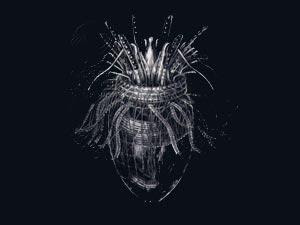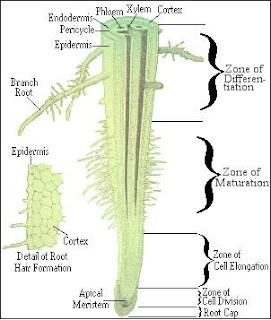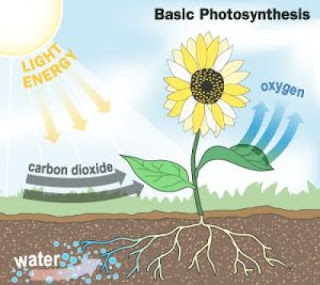Sekelompok peneliti laut dalam asal Italia dan Denmark menemukan hewan multiseluler yang melangsungkan seluruh hidupnya tanpa menghirup oksigen.
Kelompok peneliti itu menemukan tiga spesies Loricifera (hewan serupa ubur-ubur berukuran panjang kurang dari satu milimeter) di endapan cekungan L’Atalante, sebuah kawasan perairan asin tak beroksigen di kedalaman 3000 meter, dasar laut Mediterrania, atau laut tengah.
Ketika Antonio Pusceddu, peneliti dari Marche Polytechnic University, Italia, dan rekan-rekannya menemukan Loricifera tersebut, mereka memperkirakan bahwa hewan itu jatuh ke dasar laut setelah hewan itu mati.
“Kami kira sangatlah tidak mungkin mereka bisa hidup di sana,” kata Pusceddu, seperti dikutip dari Discovermagazine. Akan tetapi, dari uji coba yang dilakukan pada dua ekspedisi berikutnya, diketahui bahwa hewan yang ditemukan itu masih hidup.
Pusceddu menyebutkan, Loricifera memiliki cara adaptasi yang unik terhadap lingkungan bebas oksigen.
Hewan ini tidak memiliki mitochondria (sel yang mampu mengonversi oksigen menjadi energi seperti yang ada di seluruh sel hewan lainnya). Akan tetapi mereka menggunakan struktur yang menyerupai hydrogenosom, organ yang menggunakan mikroba untuk menghasilkan energi.
Yang menarik, temuan ini membuka kemungkinan adanya kehidupan hewan yang lebih kompleks di lingkungan keras bebas oksigen lainnya. Baik di Bumi ataupun di tempat-tempat lain.
sumber: http://www.apakabardunia.com/post/sains/loricifera-hewan-yang-dapat-hidup-tanpa-oksigen




Comments
Post a Comment
Isi Komentar kamu untuk Posting ini!!